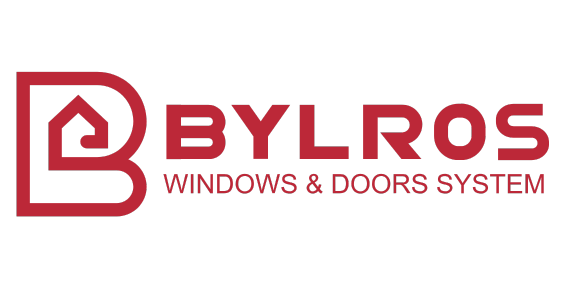Choosing Between Framed and Frameless Glass Systems
Glass systems are a staple in modern architecture, offering elegance, functionality, and a sleek aesthetic appeal. When it comes to upgrading or designing a new space, choosing between framed and frameless glass systems can be a critical decision. This choice impacts not only the visual appeal of your space but also its functionality, maintenance, and cost. Understanding the differences, benefits, and potential drawbacks of each option can help you make a more informed and satisfying decision.

What Are Framed and Frameless Glass Systems?
Before diving into the comparison, it’s essential to understand the basics. Framed glass systems incorporate visible structural elements such as aluminum or steel around the glass panels. These frames provide robust support and often add to the design style.
Frameless glass systems, on the other hand, rely on minimal hardware, giving the illusion of floating glass panels. They offer an ultra-modern look and are often chosen for spaces that aim for an open, clean aesthetic.
Aesthetic and Design Differences
One of the most noticeable differences when choosing between framed and frameless glass systems is the visual impact they create.
- Framed Systems: These provide a more defined and segmented look. They can suit industrial, traditional, or contemporary designs, depending on the type of frame material and finish.
- Frameless Systems: Perfect for minimalist and modern aesthetics, frameless glass offers uninterrupted views and a more seamless connection between spaces.
If your project prioritizes a sleek, almost invisible look, frameless systems are the go-to. However, if a structured, classic design is more your style, framed systems might better suit your needs.
Design Tip:
Consider the overall theme of your space. Frameless systems complement open-plan designs, while framed options can add character and structure to more compartmentalized spaces.
Installation, Cost, and Durability Considerations
Another critical factor when choosing between framed and frameless glass systems is how they are installed, their cost implications, and their long-term durability.
- Installation:
- Framed Glass: Easier and quicker to install, especially because frames can hide minor imperfections.
- Frameless Glass: Requires precision and skilled craftsmanship, often taking longer and demanding a perfectly aligned structure.
- Cost:
- Framed systems are generally less expensive due to simpler installation and materials.
- Frameless systems tend to be costlier because of the need for higher-quality, thicker glass and more precise work.
- Durability:
- Both systems are highly durable, but framed glass has added protection from the frame. Frameless glass, while strong, can be more vulnerable at the edges if not maintained properly.
Cost-Saving Tip:
If budget constraints are tight but you want a frameless look, consider semi-frameless options that balance aesthetics and affordability.
Maintenance, Safety, and Applications
When choosing between framed and frameless glass systems, it’s also vital to think about maintenance, safety features, and best-use scenarios.
- Maintenance:
- Framed Glass: Frames can accumulate dirt and grime, requiring regular cleaning.
- Frameless Glass: Easier to clean overall, but needs careful handling to avoid damage during cleaning.
- Safety:
- Frameless glass uses toughened or tempered glass, which is strong but can shatter if significantly impacted.
- Framed glass may use thinner panels since the frame provides additional strength and protection.
- Applications:
- Frameless glass is ideal for luxury bathrooms, modern offices, and high-end residential spaces.
- Framed glass fits well in high-traffic commercial areas, older buildings, or spaces requiring additional security and weatherproofing.
Safety Tip:
Always ensure that any frameless system installed in a public or high-traffic area meets the highest safety standards.
Conclusion: Making the Right Choice for Your Space
Ultimately, choosing between framed and frameless glass systems comes down to your project’s priorities — aesthetics, budget, installation ease, and maintenance needs. If you desire a clean, sophisticated, and ultra-modern look, frameless systems may be the perfect choice. If you prioritize cost, structure, and a wider range of design styles, framed systems could be more suitable.
At the end of the day, both framed and frameless glass options have their unique advantages. It’s about balancing your vision with practical considerations.
Ready to transform your space with the perfect glass system? Contact our team today for a free consultation and let us help you create a design that elevates your environment!


